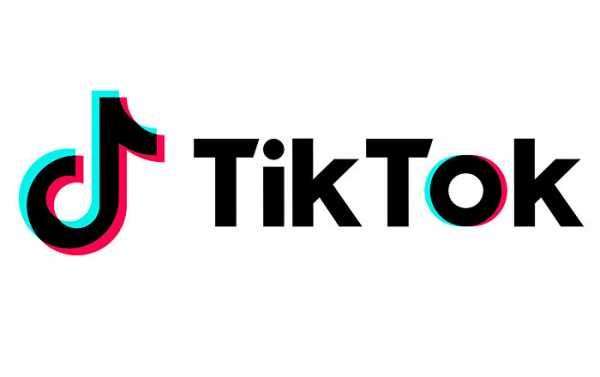
Chinese-owned video-sharing social media network TikTok has been actively banning and punishing users who post certain political messages and those with an undesirable aesthetic or disability, according to now-public documents originally sent to platform moderators.
Earlier this week, The Intercept published two internal moderation documents from TikTok that instructed staff on the platform’s content policies pertaining to users with certain political views, those of a certain socio-economic class, individuals with disabilities and more categories.
Under the “reason” column, which is meant to explain how TikTok higher-ups arrived at this policy, the document noted that in these cases “the character himself/herself is basically the only focus of the video, therefore, if the character’s appearance or the shooting environment is not good, the video will be much less attractive, not worthing to be recommended to new users.”
Moderators were also instructed to be on the lookout for shooting environments that were considered to be “shabby and dilapidated, such as, not limited to: slums, rural fields (rural beautiful natural scenery could be exempted), dilapidated housing, construction sites, etc.” According to the handout, those environments are “not suitable for new users for being less fancy and appealing.”
The handout noted that streams that attempt “to shame/degrade individuals or groups on certain attributes such as disability, gender, color, sexual orientation, nationality, ethnics, beliefs” could receive a monthlong ban.
According to The Intercept, the platform also has a number of “shadow accounts” run by TikTok employees posing as everyday users in order to influence the spread of certain content.
The social media platform has previously been criticized for allegedly providing the Chinese government with users’ personal information and suppressing political statements on topics such as the Hong Kong protests. However, the newly public documents provide a detailed look at how such content moderation decisions were made.
According to a TikTok spokesperson who spoke with the outlet, the guidelines were implemented at the application’s inception “to counteract bullying on TikTok.”
“This approach was never intended to be a long-term solution and although we had a good intention, we realized that it was not the right approach,” the platform’s spokesperson said.
As for those dealing with users’ looks or disabilities, Gartner said the “policies mentioned appear to be the same or similar” to those published in Netzpolitik. He asserted that these guidelines were representative of TikTok’s efforts “at preventing bullying, but are no longer in place, and were already out of use when The Intercept obtained them.”
Sourse: sputniknews.com






